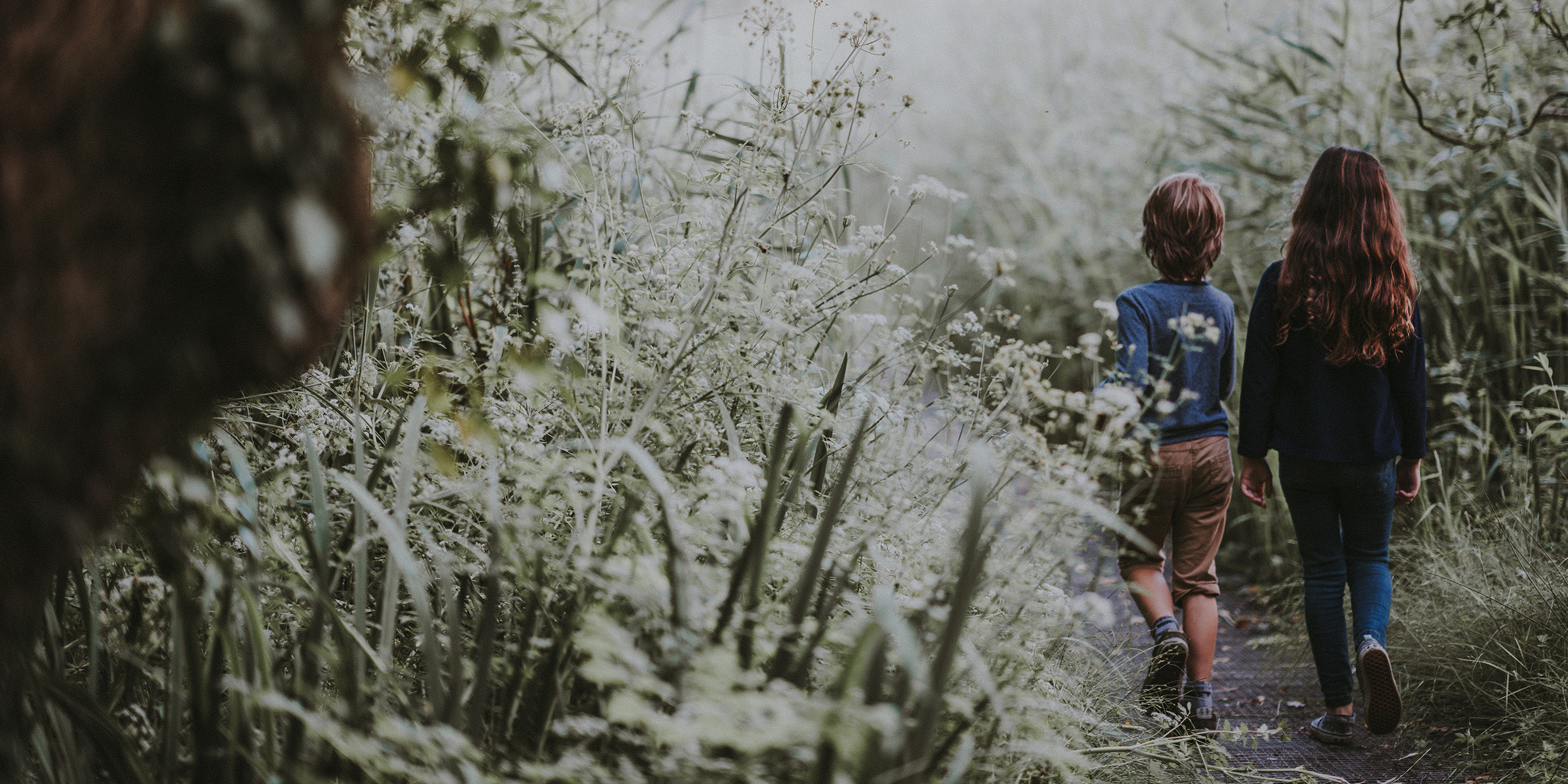Originally published 2 October 2001
My walk back and forth to work each day takes me through land in the care of the Natural Resources Trust of Easton, a delightful landscape of woods, meadows, and streams. The property is known as Sheep Pasture, and it was originally the estate of Oliver Ames, great-grandson of the founder of the Ames shovel manufactory.
Oliver had four children — Elise, Olivia, Oliver Jr., and Richard — and this was their home in spring and fall. Later, as an adult, Elise painted for her own sons a watercolor map of the estate and its surroundings. It is reproduced in a charming little book called Growing Up at Sheep Pasture, written by Easton historian Hazel Varella, based on interviews with Elise in the 1970s.
The map shows remembered landmarks that suggest a childhood lived close to nature: Oak Woods, Apple Orchard, Goldfish, Wood Ducks, Wild Garden, Lightning Tree, Picnic Grove, Checkerberry Woods, Lincoln Spring, Boy’s Swimming Hole, and Girl’s Swimming Hole.
As the Ames children romped about Sheep Pasture at the turn of the last century, a sea change was taking place in children’s literature. Horatio Alger, with his tales of pluck, hard work and obstacles overcome, was giving way to the Bobbsey Twins, created by author Lillian Garis in 1904. As historian Peter Schmitt has described in Back To Nature: The Arcadian Myth in Urban America, “The Bobbsey Twins knew nothing of pluck and peril… Their values were those of affluent Americans who had time and money to make a virtue of outdoor life.”
The most pressing question for the young heroes and heroines of the Bobbsey Twins and similar books was: “Where shall we go for the next outing — because we must get into the woods somehow, and live close to Nature for a spell?” The moral agenda of these books, Schmitt suggests, was to keep the children from growing up too fast. The proper antidote for premature urban precocity was a carefully supervised exposure to the tamed out-of-doors, and, for the four young Ames children, Sheep Pasture was just the ticket.
Elise’s watercolor map suggests adventures of the Bobbsey Twins sort: “Encounter in Checkerberry Wood,” “Picnic at Twin Oaks,” “Journey to Lincoln Spring.” Their nurse, Matilda Golden, would have been along on these outings to teach the wildflowers, coachman John Swift would be waiting at the end of the adventure with bird lore and snacks, and another family employee, Bunny Woods, taught the children how to catch snakes and put them in bottles. Even these actual names of Ames family employees have a Bobbsey Twins flavor.
The popularity of the Bobbsey Twins books endured into my own childhood, which was of sufficient affluence and proximity to tamed nature to provide similar Arcadian adventures. Adjacent to my home in suburban Chattanooga, Tennessee, were woods, fields, streams, ponds, and drainage ditches, and these were the constant venues for my play. We built dams and bridges, tree forts, and hideouts. Our companions were frogs, newts, salamanders, mudpuppies, crayfish, turtles, and snakes.
My wife grew up in urban Brooklyn, the daughter of a fireman, but she also read the Bobbsey Twins, Jack London’s Call of the Wild, and Gene Stratton Porter’s Girl of the Limberlost. She had the run of several of New York’s excellent neighborhood parks, with their woods, meadows, and rocky outcrops, and claims to remember individually every tree along her street, the “pollynose” trees (maples) and “itchyball” trees (sycamores) especially.
Whether our Bobbsey Twins frolics kept us from early maturity is debatable; they certainly gave us a sense of the importance of nature in a child’s life. We were the last generation who read the Bobbsey Twins as a matter of course. Our own children thought those books unsophisticated, but they nevertheless acted out their own Bobbsey-Twinnish adventures, often in Sheep Pasture. A “back-to- nature” childhood survived for nearly a century, more or less unchanged.
That’s all pretty much gone now. Each year I see fewer children ranging the woods, meadows, and streams. Perhaps parents are less willing to let their kids have the run of the town. Certainly kids today participate in more activities organized by parents. And, of course, there is the obsessional indoor attraction of television and computer games. Whatever the reason, nature seems to have slipped a notch in the attentions of children.
But I doubt if the call of the wild is silenced forever. It is up to parents, the police, and town planners to ensure that, when the call comes, children will have the freedom, the security, and the environment to follow it. On the cover of Growing Up at Sheep Pasture is reproduced a book plate used by the Ames children. It shows the four children holding hands under a tree, with the tried-and-true proverb, “As the twig is bent, so the tree’s inclined.” Our collective future will be more blessed if we bend a few twigs now in the direction of nature.



